Text
Solenodons are rather obscure mammals, so in case you’re a little confused about exactly where they fit in the evolutionary tree, they belong to the order Eulipotyphla, which makes their closest relatives hedgehogs, shrews and moles, between others! They look a bit like opossums but they’re placental mammals and way more closely related to us, for example, than to them. Long snouts and naked tails are just a popular body plan amongst mammals!
One of their cousins, the moonrats (Echinosorex gymnura) also look a lot like opossums, despite having hedgehogs for their closest relatives:


i am attracted to the color of your jacket and i am from Cuba
2K notes
·
View notes
Text
Grey-headed flying fox (Pteropus poliocephalus), a megabat species endemic to Australia, which is kinda weird because I’m pretty sure that’s the Sphere from Las Vegas in the background. What are you even doing over there, dude? You can’t win it big at the casino, your hands are wings!

#Invasive species are usually harmful to local species so a loose flying fox in the US isn’t great news#But even if they’re the sole escapee from a place where they were being kept in captivity they’re probably having a hard time themselves#I imagine Las Vegas at night is WAY too bright for a fruit bat to forage properly#animal identification#Mammals#bats#Flying fox#Grey-headed flying fox
6K notes
·
View notes
Text
Wild boar piglets (Sus scrofa). Judging by their stripes, these little guys are under 10 months old, which, in boar terminology, would make them squeakers!

52K notes
·
View notes
Text
European badger (Meles meles)

📸 Photo by Günther Ebner
2K notes
·
View notes
Text
Serious fucking dude (Arctocephalus pusillus)

7K notes
·
View notes
Text
Piebald shrew (Diplomesodon pulchellus)

does anybody want to match my sneep
31K notes
·
View notes
Text
Nicaraguan spider monkey (Ateles geoffroyi geoffroyi)
Ughh, whateverr

328 notes
·
View notes
Text
Take it with a grain of salt because trail cam footage at night can be a bit tricky to figure out, but I believe this is a particularly angry American marten (Martes americana)!
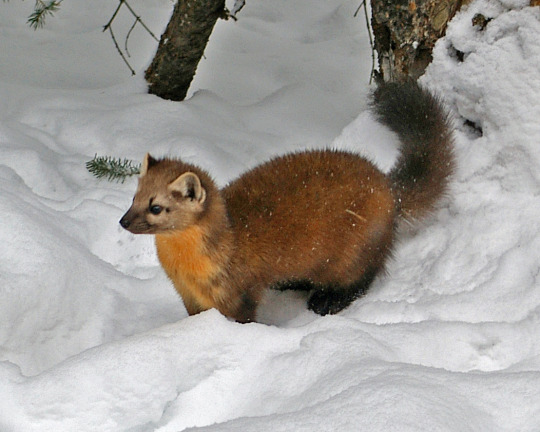
They call me pillsbury the way that I’m a doe boy
26K notes
·
View notes
Text
Almost! That’s an Hispaniolan solenodon (Solenodon paradoxus), one of the two living species of solenodons, only found in the island of Hispaniola in the Caribbean! You’re thinking of its closest and only relative, the Cuban solenodon (Atopogale cubana):

Picture by @the_zoologist_barista on Instagram

i am attracted to the color of your jacket and i am from Cuba
2K notes
·
View notes
Text
Not to be confused with the fisher cat, also known as just fisher (Pekania pennanti).

These guys are a good example of when an animal’s common name is a little bit misleading: not only they’re mustelids and not cats, they also don’t swim or eat fish all that often! They’re very good climbers, though:
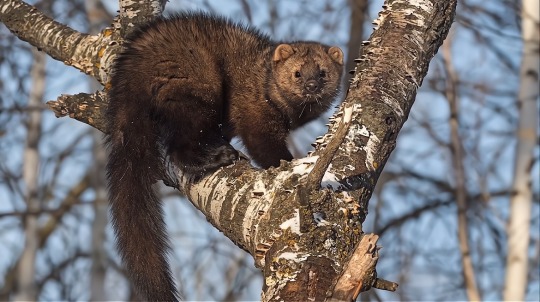
Photo by @ctfishandwildlife on Instagram

For those of you who wisely avoid Facebook have this excellent image from the San Antonio Zoo page.
36K notes
·
View notes
Text
Fishing cat (Prionailurus viverrinus), a wild cat species from Asia. They’re only a little bigger than domestic cats and, as their name implies, they primarily feed on fish and are very skilled swimmers!

Photo by @discoverindia.magazine on Instagram

For those of you who wisely avoid Facebook have this excellent image from the San Antonio Zoo page.
36K notes
·
View notes
Text
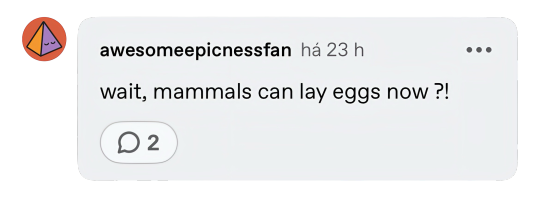
All members of the mammalian order Monotremata lay eggs instead of giving birth to live young! Excluding subspecies, there are five of them: the platypus (Ornithorhynchus anatinus), the short-beaked echidna (Tachyglossus aculeatus), the eastern long-beaked echidna (Zaglossus bartoni), the western long-beaked echidna (Zaglossus bruijnii) and the now confirmed Attenborough's long-beaked echidna (Zaglossus attenboroughi).
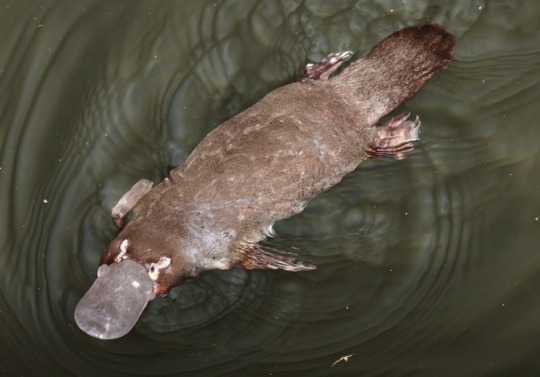

Pictured: platypus and short-beaked echidna.
But to be more specific, monotremes are the only surviving order of mammals to still lay eggs instead of giving live birth. That’s because they split from marsupial and placental mammals very early on, so they kept a couple of odd traits we don’t usually see in modern mammals, one of them being laying eggs. At the beginning, though, all mammals laid eggs! It just so happens that, other than monotremes, the ones we have today are all descendants of a single mammal that learned One Easy Hack to not have to lay eggs anymore (growing a placenta).
Other unusual traits of monotremes are having cloacas, venomous spurs and, despite having mammary glands, both males and females lacking nipples altogether. Their milk comes out of ducts in their skin, much like sweat does in humans.

https://abcnews.go.com/US/scientists-confirmed-existence-200-million-year-species-thought/story?id=122773046&cid=social_twitter_abcn
#well it was probably a little more complicated than that#we’ve probably had more than one viral infection cause placenta-like effects#but it was such an OP mutation it just stuck around!
2K notes
·
View notes
Text
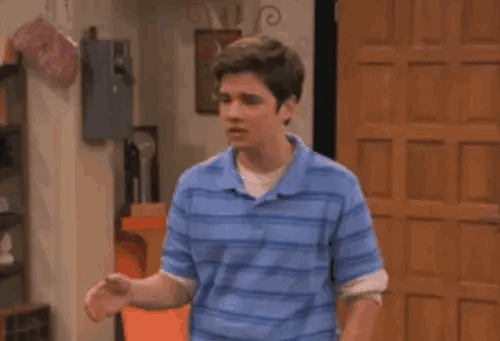

https://abcnews.go.com/US/scientists-confirmed-existence-200-million-year-species-thought/story?id=122773046&cid=social_twitter_abcn
2K notes
·
View notes
Text
*: it’s kind of debatable whether animals raised for their pelts are truly domestic, with the argument being that domestication comes first and foremost as selective breeding for a milder temperament, with traits differing them from their wild counterparts appearing later and, in the case of fur farms, animals are bred for coat color, density, texture and such over temperament.
That being said… us humans kind of select friendlier animals out of instinct. Like, even in the most hands-off sorts of animal rearing, we have to handle them eventually. Besides, by this logic, goldfish and koi wouldn’t be domestic animals either. Either way, a sable adopted from a fur farm is very likely much more chill than a wild one, but they’re no kitty cats. Much less dogs. We have yet to replicate what we’ve done with dogs. They’re pretty unique!
Usually I’m not super fond videos of wild animals being kept as pets, but just like certain other animals such as raccoon dogs and foxes, sables are farmed for their fur in certain parts of the world, so I believe it’s way more likely that the little guy in the video was adopted from a fur farm rather than snatched from the wild.
Animals from fur farms also tend to be much tamer and less avoidant of humans than they’d be in the wild*, which also points towards the sable we’re looking at not being a wild animal but rather the product of several generations of animals raised in captivity. But I do hope that their owner provides them with lots of enrichment and/or supervised access to more outdoorsy environments, though. They probably still have very different needs than, say, your average ferret.
#I had no scale for just how dogs are uniquely wired for understanding humans until l adopted middle-eastern village dogs.#They're very much like like Carolina Dogs or New Guinea Singing Dogs in behavior.#Some are *almost* like regular dogs.#Some avoid eye contact entirely. Some won't even wag their tails. Feels almost uncanny valley-ish.#I still love them though. They're my prehistoric buddies.
206 notes
·
View notes
Text
Usually I’m not super fond videos of wild animals being kept as pets, but just like certain other animals such as raccoon dogs and foxes, sables are farmed for their fur in certain parts of the world, so I believe it’s way more likely that the little guy in the video was adopted from a fur farm rather than snatched from the wild.
Animals from fur farms also tend to be much tamer and less avoidant of humans than they’d be in the wild*, which also points towards the sable we’re looking at not being a wild animal but rather the product of several generations of animals raised in captivity. But I do hope that their owner provides them with lots of enrichment and/or supervised access to more outdoorsy environments, though. They probably still have very different needs than, say, your average ferret.
206 notes
·
View notes
